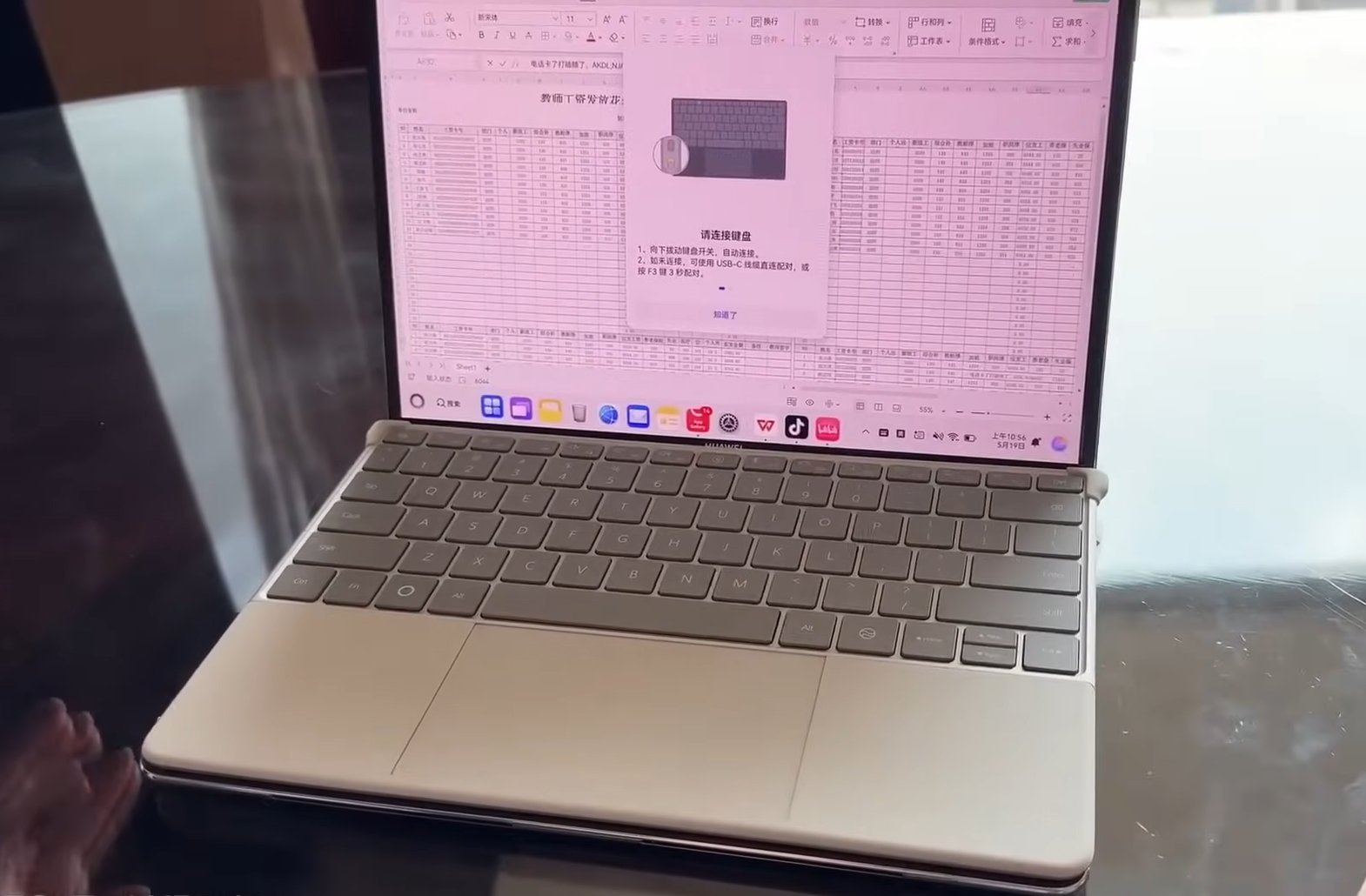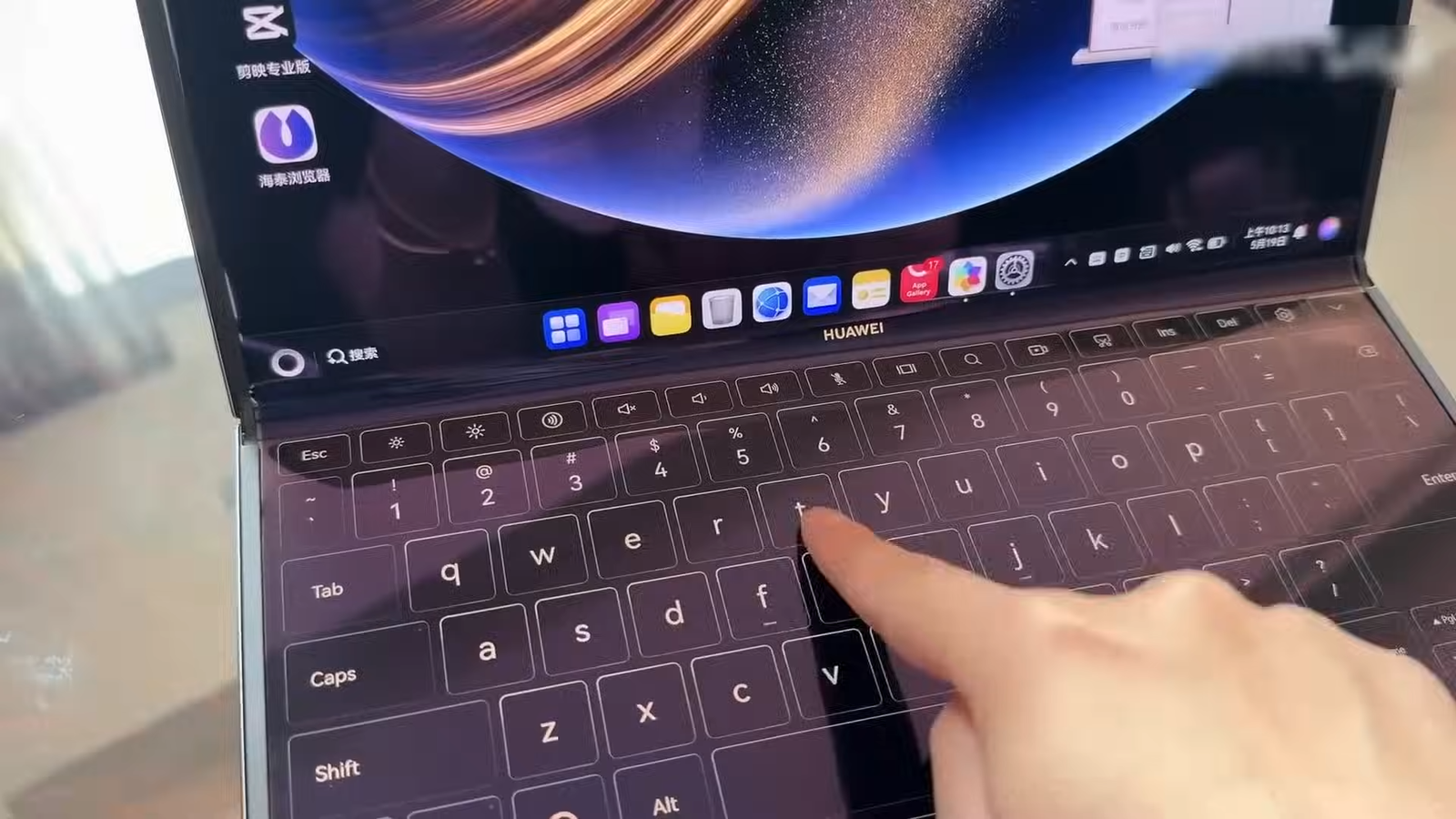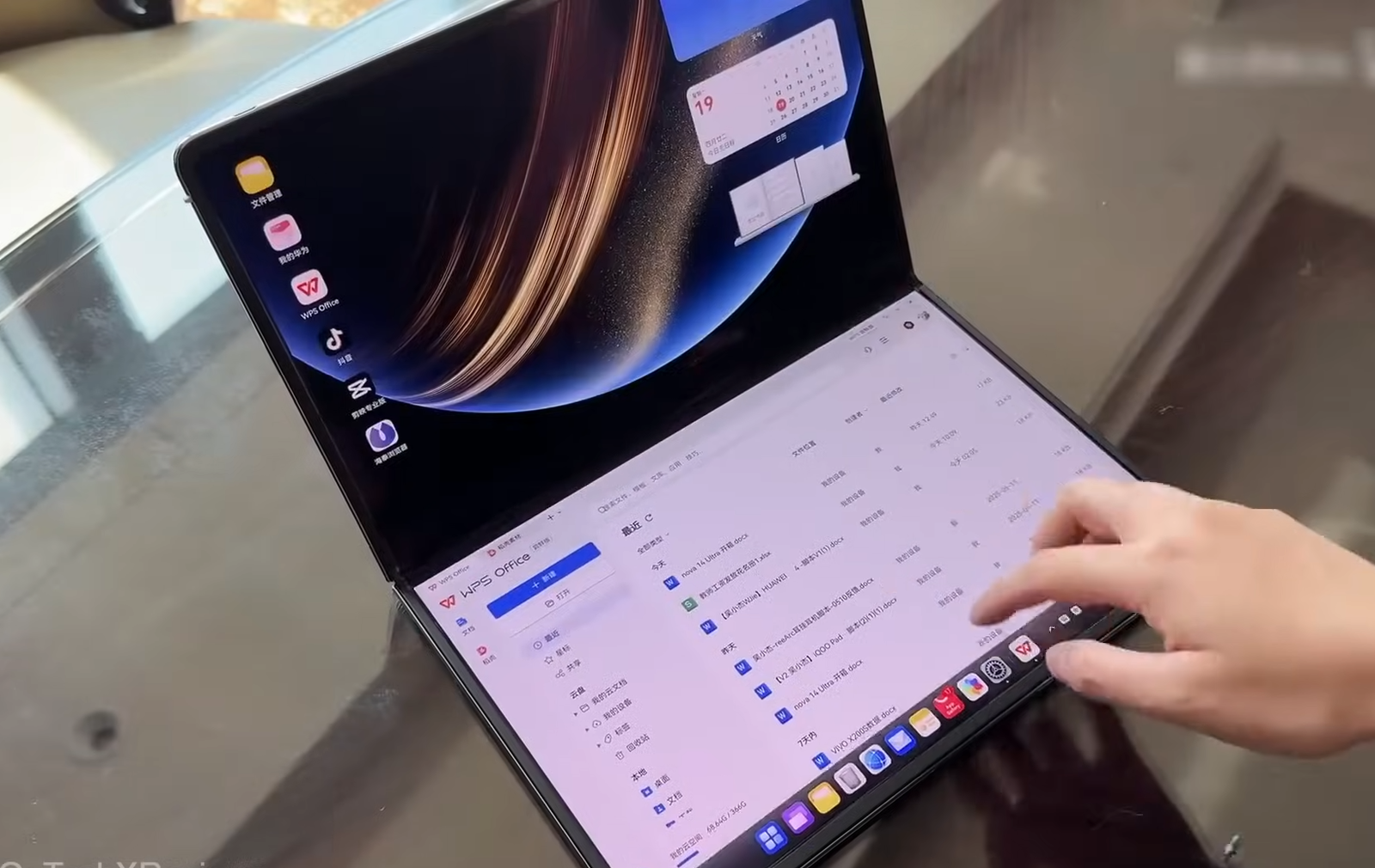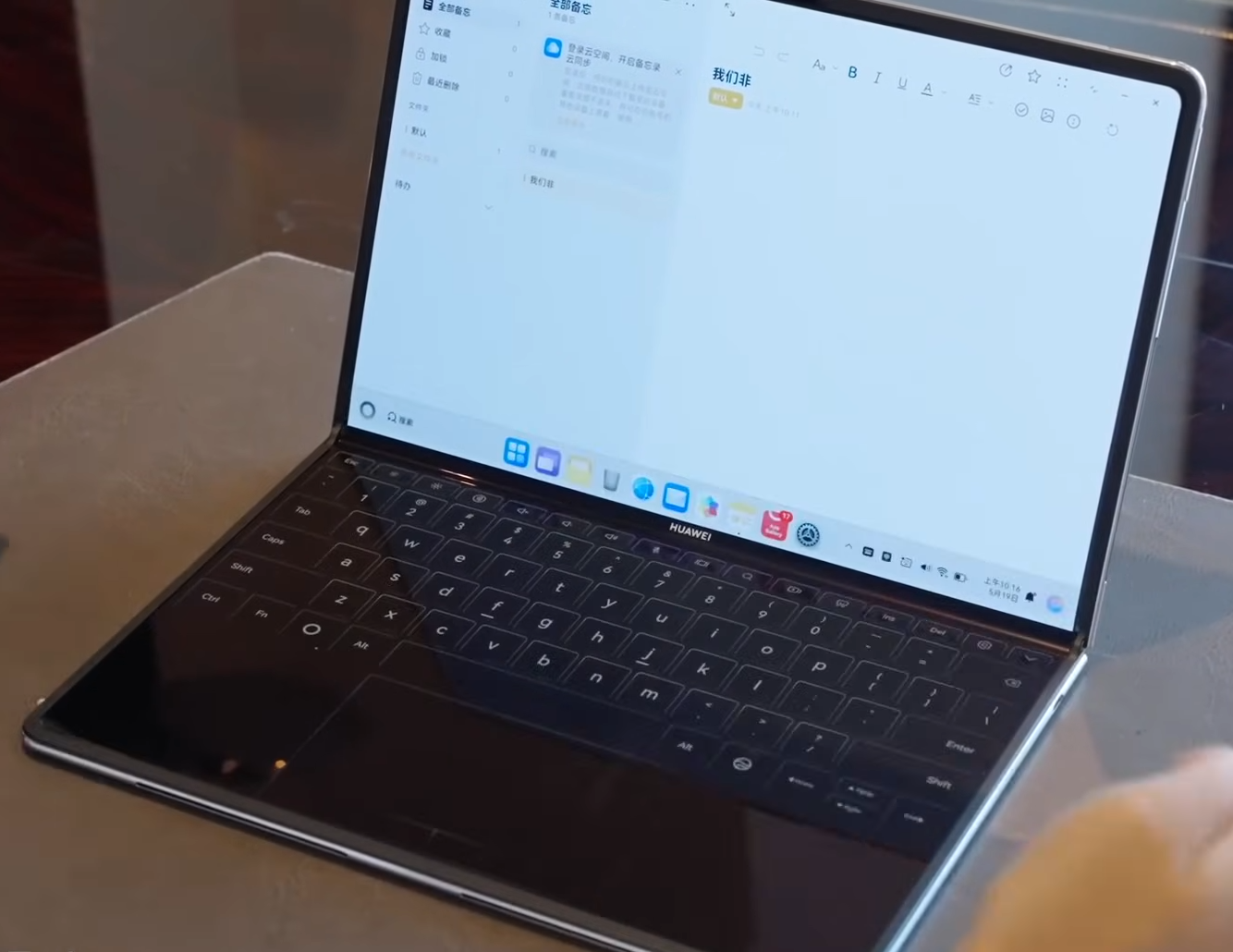Huawei has surprised the tech world yet again with their latest innovation: the MateBook Fold. This foldable screen laptop is turning heads, but the question remains—does it truly deliver, or is it just another flashy concept that falls short in practicality?

Huawei’s Foldable Design: Ambitious or Overhyped?
The MateBook Fold features a large, foldable touchscreen designed for multitasking. Imagine having a giant screen that folds in half, giving you more screen real estate when you need it. But here’s the catch: the keyboard. Instead of a sturdy, traditional keyboard, Huawei has gone for a shallow, touch-based keyboard that some have called fragile and unreliable. Sure, you can change its color and style, but that doesn’t fix the basic problem: it just doesn’t feel right for serious typing.

To compensate, Huawei includes a magnetically attached Bluetooth keyboard that acts like a traditional laptop keyboard. It’s a nice addition—until you try to close the device, that is. The folding design introduces some quirks, and it seems Huawei’s design team didn’t quite think through every detail. Some users have pointed out the need for warning labels, as using the device might lead to unintended issues, much like previous folding phone attempts from Huawei.

HarmonyOS: Limiting Potential?
The MateBook Fold runs on HarmonyOS, Huawei’s in-house operating system. While it’s meant to offer a seamless experience across devices, some find it limiting compared to the more widely adopted Windows or macOS platforms. You do get the flexibility of using the device like a large tablet—think giant iPad—but without the app ecosystem or polish that Apple users are familiar with.

The Competition: Lenovo’s Foldable Laptops
Let’s not forget that Lenovo has already been in the foldable laptop space. Their devices, while not exactly headline grabbers, have been around for a while. Lenovo’s take on foldables focuses on practicality: smaller form factors, more refined builds, and competitive pricing. Compared to Huawei’s flashy launch, Lenovo’s steady approach might actually make more sense for users who value reliability over novelty.

The Price: A Tough Pill to Swallow
One of the biggest shocks with the MateBook Fold is the price—$3,300 for an 18-inch foldable screen laptop. That’s a hefty sum, especially when you compare it to Apple’s premium pricing strategies. As the article humorously points out, Apple’s upcoming devices, like the rumored MacBook Flop, might cost even more for less screen space. It’s a reminder that in the tech world, price tags aren’t just about the hardware—it’s about the brand, the hype, and how much you can convince customers to pay.

Final Thoughts: Huawei’s Gamble
The MateBook Fold is a bold step into the future of laptops, but it feels like Huawei is trying to make a splash without fully solving the real challenges of foldable screens. From fragile keyboards to limited software and high pricing, this device seems more like a proof of concept than a true game-changer.
While Huawei deserves credit for pushing the envelope, it’s clear that foldable laptops still have a long way to go. Whether this is the start of a new era or just another tech trend that fades away, only time will tell.
Stay tuned for more updates on the future of foldable laptops and the ever-evolving world of tech.
Unlock the World of Gadgets!
Subscribe to Gadget Explorer Pro for:
- The latest tech reviews & recommendations
- Exclusive deals & insider updates
Join us now and explore like a pro!
